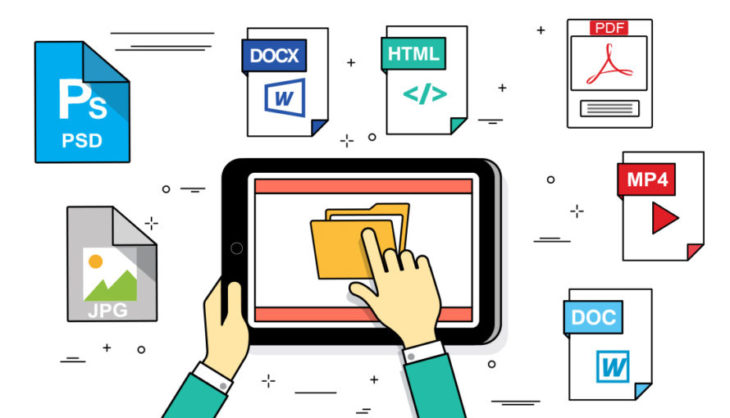We are in the midst of a digital boom, every day consuming an extreme volume of images, video, sound, and other marketing material. It’s no wonder that with the mass of creative content being produced, Digital Asset Management software has emerged as a vital way to effectively manage it. In fact, the management of these resources has become so integral to enterprise marketing teams that skills in Digital Asset Management have emerged as a permanent fixture on job descriptions.

Source: Forbes
Digital Asset Management software (DAM) provides teams with an online system to categorize, search, collaborate, share and track digital files. It ensures that work can be completed more efficiently but also reduces marketing risk with review dates, expiry dates and version control. Additional security around user permissions and download approvals mean that different teams, agencies and third parties can utilize the system, only accessing the files they require. By implementing a Digital Asset Management system, businesses are able to streamline marketing processes and ensure brand compliance.
Folder structure, tagging, metadata and filters are elements of a Digital Asset Management platform that enable files to be found quickly, updated easily and tracked. Successful use of a DAM relies heavily on stringent management of the input of this data. Where mistakes are made the benefits of a Digital Asset Management system diminish quickly, making it hard to find assets, let alone update or report on them. Because of this, many large companies are opening up positions in their workforce for Digital Asset Managers. Other roles now specifically ask for experience with the leading Digital Asset Management systems, such as IntelligenceBank Digital Asset Management software.

Source: Incomar Services
Digital Asset Managers understand and empathize with user experience and are always working to improve it. This is important in large organizations where there is often push back in adopting new technology. Involving them in the implementation process helps ensure that the architecture of the platform is easy to navigate, driving the required efficiencies. When migrating data from a legacy drive or platform they can help set a standard for naming conventions, keyword tagging and metadata mapping as these will impact all data and digital assets moving forward. Scoping out who will be searching for files, how they will be doing it and which information they require allows the appropriate permissions and filters to be created. Aside from implementation, upkeep and optimization are a key focus for a Digital Asset Managers. Staying on top of permission settings and expiry and review dates is an important function of the role, which protects the business against a marketing compliance breach.

Source: Barclays
However, the responsibility for maintaining an effective DAM also rests in the hands of the marketers who use it every day. It’s a requirement to be able to work within the system proficiently, possessing the skills to navigate, collaborate, upload and distribute content. Like skills in email marketing, social media, design and digital have become requirements for most marketers, Digital Asset Management can now be added to the list.
